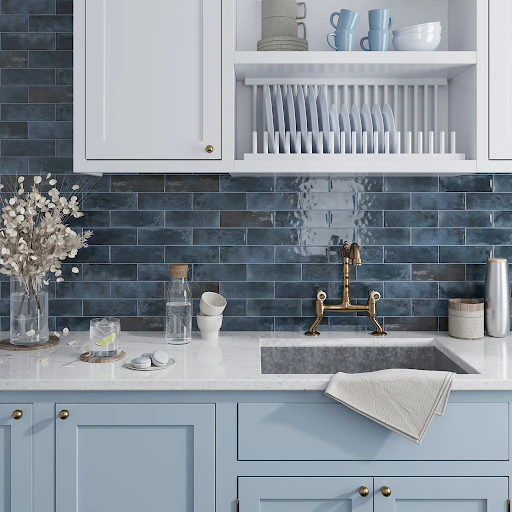A beautiful kitchen backsplash tile elevates the aesthetics of your space. But what happens when mold and stains sneak up on your grout lines? It can turn the most exquisite tile work into a dull surface that lacks in both style and performance. So sealing grout is a step you do not want to miss.
Done right, sealed grout will fight back—rending your tile joints nearly non-porous and resistant to all kitchen messes. Ahead we discuss all things grout sealing! Why and when it should be done as well as application and upkeep tips.
But First, What is a Grout Sealer?
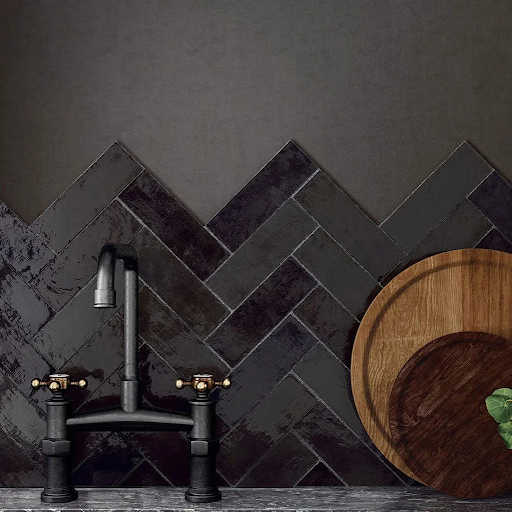
A newly tiled kitchen backsplash looks pristine and gorgeous, and you want to enjoy this moment every other day. For years even! To maintain this tip-top shape, regular cleaning simply won’t cut it. But sealing and caring for your grout lines brings you closer to keeping your investment looking its best.
A grout sealant is a solution that plugs grout pores and repels dirt, moisture, and stains from bringing down your hard-earned tile work.
When and Why Should You Seal Grout?
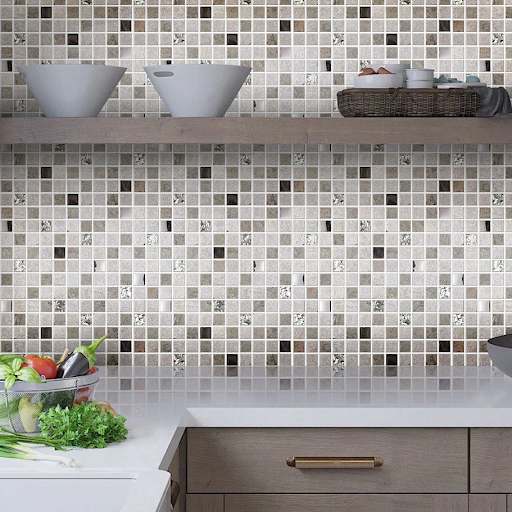
Let’s start with understanding the nature of grout. Cement-based grout, which is widely used in residential projects, is porous and can trap moisture, stains, and grime. Over time, your tiled backsplash will start to lose its charm.
Permeating tile joints with a sealer creates a protective barrier that prevents moisture and other liquid stains from working their way into the grout. The best part, you won’t need too much elbow grease to keep your backsplash in an immaculate state. Regular sealing does that—makes cleaning and preserving a fresh look easier!
So when should you seal grout? As soon as your new tiles are laid. Allow the grout about 24-72 hours to cure and dry then apply the sealer. Epoxy-based grouts are tough and self-sealing, so you can skip this step.
Note that any porous tile needs to be sealed as well. Like grout sealing, this can be done when tiles are first laid and twice every year. Marble tile is a good example. To enhance its durability and resilience, a tile sealer is necessary right before filling the joints with grout. With periodic protection, always ensure the grout lines are clean and free of cracks before a re-seal.
Which Type is the Right Grout Sealer?
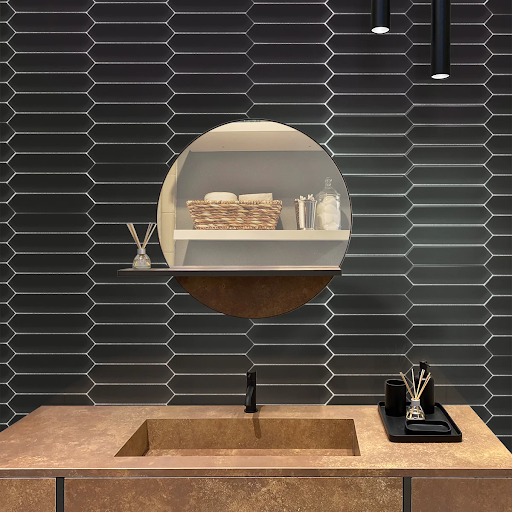
Most grout sealing solutions are in the form of an aerosol spray while others can be applied with a brush or roller. There are three types of grout sealers to consider: penetrating and topical.
- Penetrating grout sealer works by seeping into the grout lines instead of forming a film on the surface. This creates a protective barrier from within without changing the color and texture of the grout or tile. To lessen discoloration on an existing backsplash, you’ll be glad to know that this sealant comes in color options too. Protect against future messes and restore grout color! How’s that for a win?
- Topical grout sealer is another type to look into. With this one, the sealant forms a thin film that bonds overtop and acts as a barrier. It alters the look of grout, enhancing its color or providing a new sheen.
Tips to Ensure Proper Grout and Sealant Application
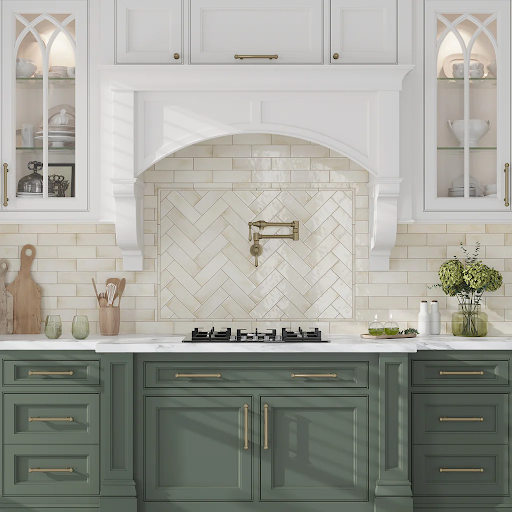
Proper grouting and drying are crucial to ensure long-lasting project success. And a sealer becomes the perfect icing on the cake. What do you do when working with a new or existing kitchen backsplash?
Ensure grout lines are clean, dry, and free of cracks so the sealant bonds with the grout. Check for curing and drying time on manufacturer’s instructions, and then follow that. In most cases, you’d have to wait for at least 24 hours before exposing the backsplash to moisture or cleaning products.
Maintaining Grout Cleanliness and Hygiene
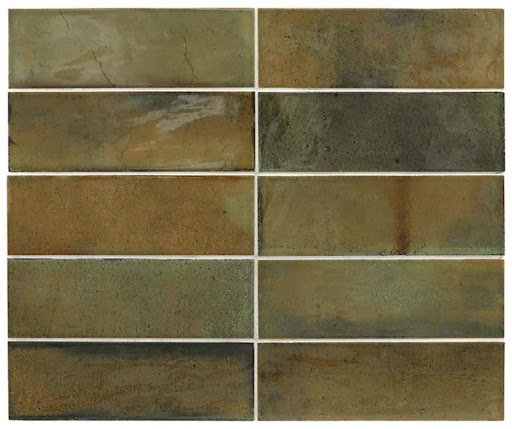
Now that grout sealing is done, cleaning should be a breeze! Avoid harsh chemicals as they will dull and break down grout sealer, affecting performance. Routine cleaning will keep stains and discoloration at bay and leave your ceramic, marble, or glass tile backsplash in pristine condition.













